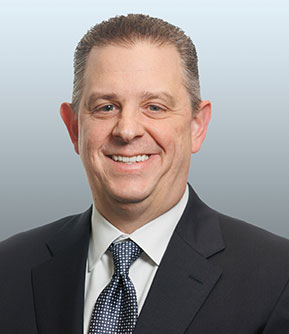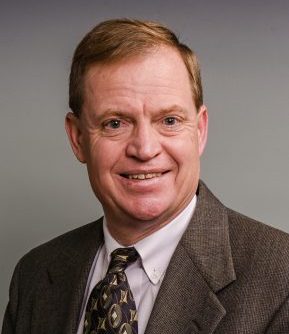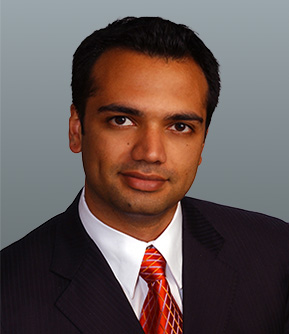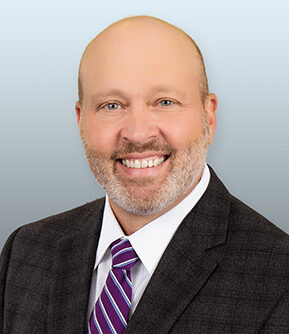SBA Releases PPP EZ Forgiveness Application and Conforming Guidance
On June 16, 2020, the SBA released Revisions to the Third and Sixth Interim Final Rules (the “Revisions”), as well as an updated PPP Loan Forgiveness Application (click here for the application and here for the related instructions) (“Full Application”) and a simplified version of the same for certain eligible borrowers (click here for the application and here for the related instructions) (“EZ Application”). The SBA released the Revisions, the Full Application and the EZ Application to reflect changes to the Paycheck Protection Program (the “PPP”) in accordance with the Paycheck Protection Program Flexibility Act and to make it easier for borrowers to seek full forgiveness.
Updates to the Third and Sixth Interim Rules
The Revisions primarily contain clerical updates to reflect the 24-week loan forgiveness covered period. It allows borrowers before June 5, 2020 to elect to have their covered period be either (a) the 8-week (56-day) period beginning on the date the PPP loan was disbursed, or (b) the 24-week (168-day) period beginning on the date the PPP loan was disbursed. If a borrower utilizes a 24-week loan forgiveness covered period, the borrower may likewise, for payroll purposes, use the Alternative Payroll Covered Period (“APCP”), which is the 24-week period beginning on the first day of the first pay period after the loan disbursement date. The covered period of any borrower may not extend past December 31, 2020.
For borrowers utilizing the 24-week loan forgiveness covered period or APCP:
- Self-employed individuals, general partners, and “owner-employees” will be capped at $20,833 (which is the 2.5 month equivalent of $100,000 annually) or the 2.5-equivalent of their 2019 annual compensation, whichever is lower.
- Employees earning an annual salary in excess of $100,000 annually will be capped, for loan forgiveness purposes, at $46,154 (24/52 of $100,000).
The instructions to the Full Application clarify that health insurance contributions made on behalf of self-employed individuals, general partners, and “owner-employees of an S-corporation” are not eligible for forgiveness. This seems to suggest that health insurance contributions made on behalf of shareholder employees of a C-corporation are eligible for forgiveness.
Note, the SBA still has not defined “owner-employees.”
EZ and Full Applications
The EZ Application allows eligible borrowers to submit a PPP loan forgiveness application with fewer calculations and less documentation. Borrowers are eligible to use the EZ Application to apply for loan forgiveness if they fall into one of the following three categories:
- The borrower is a self-employed individual, independent contractor, or sole proprietor with no employees at the time of the PPP loan application.
- The borrower did not reduce by more than 25% the salary of any employee who did not have annualized salary of more than $100,000 during any single pay period in 2019 and did not reduce the number of employees or the average paid hours of employees during the loan period (ignoring reductions in employees or paid hours that arose from an inability to rehire similarly qualified employees for unfilled positions or an employee refused to be a restoration of hours). Please see our prior client alert on forgiveness for how to apply these rules and how beneficial they appear to be for borrowers.
- The borrower did not reduce by more than 25% the salary of any employee salary who did not have annualized salary of more than $100,000 during any single pay period in 2019 and was unable to operate, or was operating at a lower level of business activity, during the loan period due to compliance with sanitation, social distancing, or any other safety requirements or guidance issued by the Secretary of Health and Human Services, the Director of the Centers for Disease Control and Prevention, or the Occupational Safety and Health Administration related to COVID-19.
However, the EZ Application does not eliminate the obligation to keep and provide underlying documents to determine loan forgiveness amounts. Please note that you can use the EZ Application even if the borrower received a PPP loan in excess of $2 million.
The Full Application tracks, in large part, the prior loan forgiveness application, with the addition of: (a) updates to reflect the Revisions, and (b) the updated FTE Reduction Safe Harbors. It also provides an updated FTE Reduction Exception and Salary/Hourly Wage Reduction Safe Harbor.
FTE Reduction Exception. In the Full Application, the borrower is required to indicate the full-time equivalency (FTE) of (1) any positions for which the borrower made a good-faith, written offer to rehire an individual who was an employee on February 15, 2020 and the borrower was unable to hire similarly qualified employees for unfilled positions on or before December 31, 2020; (2) any positions for which the borrower made a good-faith, written offer to restore any reduction in hours, at the same salary or wages, during the covered period or the APCP and the employee rejected the offer, and (3) any employees who during the covered period or the APCP (a) were fired for cause, (b) voluntarily resigned, or (c) voluntarily requested and received a reduction of their hours. In all of these cases, the borrower should include these FTEs only if the position was not filled by a new employee. Any FTE reductions in these cases do not reduce the borrower’s loan forgiveness.
FTE Reduction Safe Harbor. If using the Full Application, the actual PPP loan forgiveness amount that a borrower will receive may be less, depending on whether the borrower’s average weekly number of full-time equivalency (FTE) employees during the covered period or the APCP was less than during the borrower’s chosen reference period. The borrower is exempt from such a reduction if either of the FTE Reduction Safe Harbors applies.
Two separate safe harbors exempt certain borrowers from any PPP loan forgiveness reduction based on a reduction in FTE employee levels:
- The borrower is exempt from the reduction in PPP loan forgiveness based on a reduction in FTE employees described above if the borrower, in good faith, is able to document that it was unable to operate between February 15, 2020, and the end of the covered period at the same level of business activity as before February 15, 2020, due to compliance with requirements established or guidance issued between March 1, 2020 and December 31, 2020, by the Secretary of Health and Human Services, the Director of the Centers for Disease Control and Prevention, or the Occupational Safety and Health Administration, related to the maintenance of standards for sanitation, social distancing, or any other worker or customer safety requirement related to COVID-19.
- The borrower is exempt from the reduction in PPP loan forgiveness based on a reduction in FTE employees described above if both of the following conditions are met: (a) the borrower reduced its FTE employee levels in the period beginning February 15, 2020, and ending April 26, 2020; and (b) the borrower then restored its FTE employee levels by not later than December 31, 2020 to its FTE employee levels in the borrower’s pay period that included February 15, 2020.
Salary/Hourly Wage Reduction Safe Harbor. PPP loan forgiveness amounts must be reduced if tit reduces annual salaries and hourly wages for certain employees more than 25%. The Salary/Hourly Wage Reduction Safe Harbor exempts borrowers such reductions if the borrowers restore annual salaries and/or hourly wages to at least February 15, 2020 levels. Borrowers meet the Salary/Hourly Wage Reduction Safe Harbor if these two conditions are apply:
- The average annual salary or hourly wage on December 31 is equal to or greater than the average annual salary or hourly wage on February 15.
- The average annual salary or hourly wage between February 15 and April 26 was lower than it was on February 15.
Please contact Anthony S. DiSandro, Edward C. Renenger, Joseph P. Hofmann, Sunjeet S. Gill, James B. Longacre, Parthiv M. Patel or the Stevens & Lee attorney with whom you regularly work if you have questions or need assistance with this process.
This News Alert has been prepared for informational purposes only and should not be construed as, and does not constitute, legal advice on any specific matter. For more information, please see the disclaimer.





